Another month, another great Glaxon supplement improvement. Just after the recent release of Glaxon Collagen, the "goons" have decided to once again improve their Xeno Amino intra workout and recovery amino acid supplement.
Xeno Amino V3: New and Improved with More Recovery and Hydration
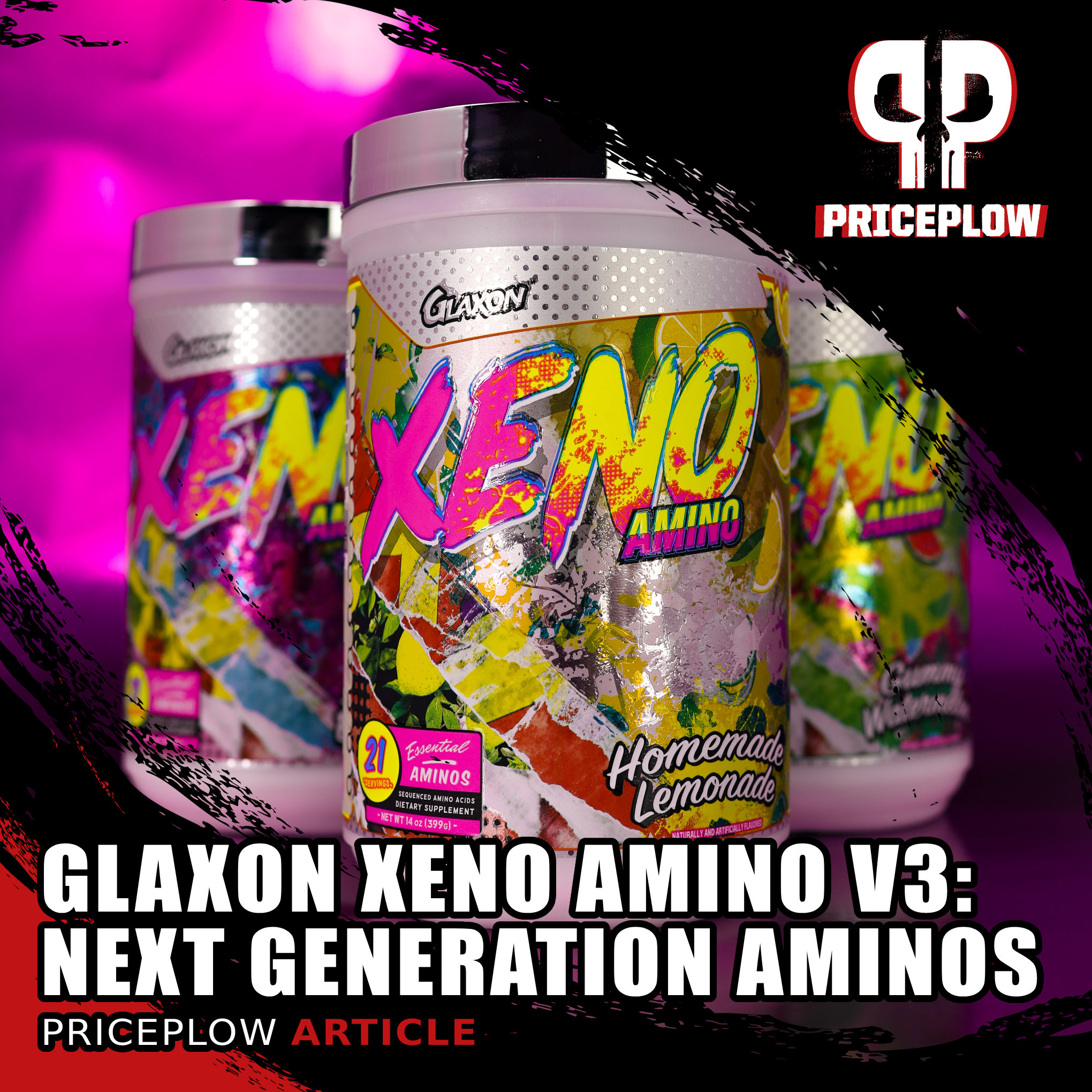
Glaxon Xeno Amino V3 takes hydration and intra workout / recovery amino acid sequences to the next generation
Xeno Amino is famous for its Myo-Seq sequenced amino acid blend, which is modeled off of the amino acid constituency of human muscle tissue. This is the next evolution of amino acid supplementation, which began with BCAAs, and moved on to all nine EAAs.
Now, Glaxon is providing even more, based upon what they've researched the skeletal muscle tissue actually needs. The amino acids are then bolstered by Nutrition21's Velositol, further assisting with muscle protein synthesis.
To top it off, we've got an improved hydration profile, which adds hyaluronic acid to taurine and Glaxon's Astrolyte blend. So not only do we have the next step in amino acid supplementation, we have the next step in hydration as well, making for a unique supplement in a category that could use some innovation!
It's all below, but first check out our price listings and sign up for our Glaxon news alerts, as the team is always up to something fresh:
Glaxon Xeno – Deals and Price Drop Alerts
Get Price Alerts
No spam, no scams.
Disclosure: PricePlow relies on pricing from stores with which we have a business relationship. We work hard to keep pricing current, but you may find a better offer.
Posts are sponsored in part by the retailers and/or brands listed on this page.
Note: This article focuses on Xeno V3, which includes Velositol. Check to ensure that you find a site with the label that you want.
This area is reserved for Team PricePlow's upcoming Ingredients video.
Subscribe to our channel and sign up for notifications so you catch it when it goes live!
Glaxon Xeno Amino V3 Ingredients
-
Myo-Seq (Sequenced Amino Acid Blend) - 5000 mg
More hydration and amino acid sequencing than ever before, and more muscle protein synthesis now with Velositol!
Myo-Seq is Glaxon's custom amino acid blend that has been sequenced to mimic your own muscle tissue's components and needs. It contains a blend of the following amino acids:
- Glutamic Acid
- Leucine
- Lysine
- Isoleucine
- Threonine
- Arginine
- Aspartic Acid
- Alanine
- Valine
- Tyrosine
- Phenylalanine
- Serine
- Methionine
- Glutamine
- Glycine
- Proline
- Asparagine
- Histidine
- Tryptophan
- Cysteine
(Note that 5 grams of additional BCAAs are also added next on the label)
As you can see, this is far more than what we see in traditional EAA/BCAA supplements. Before diving into some of the research, it's best to listen to Joey talk about Myo-Seq in this Supplement Lab video about essential amino acids, starting at the 4:53 mark
Quoted below:
"Why don't we just make it specific to skeletal muscle? Myo-Seq is something you're not going to find in any other product because it's something we came up with on our own. So if you really consider that the skeletal muscle is made out of thousands of proteins, and those proteins are made out of hundreds if not thousands of amino acids long.
So if you actually calculate and take the main structural components of the sarcomere or the myotube or the myofibril, you'll find out that the main structural components are things like actin and myosin and those things are involved in different ratios and they have particular amino acid sequences based off of their relative abundance. Now if you apply that math to the actual ratios of those proteins and the actual ratios of amino acids within those ratios of those different proteins, you can get a general idea of what your muscles actually need in order to repair themselves more effectively.
So that's what we've done with Myo-Seq. We've basically listened to what the body actually wants and we're delivering the supply and demand type fashion to give the body what it needs to recover faster.
So we tallied all of this up, we've created this sequence that's based off of the percent abundance of the naturally-occurring amino acids in the structural components of skeletal muscle."
-- Joey Savage, Glaxon
This makes incredible sense - it's going to be an amino acid ratio that's closer to meat than anything else you've had.
The next step in amino acid sports supplements
This is the next phase in the evolution of amino acid supplements used for fast-acting recovery and/or as intra-workout "sports drinks". First, we saw BCAA supplements, consisting of only leucine, isoleucine, and valine. They're good for anti-fatigue and anti-catabolic effects, since they help prevent muscle breakdown,[1-6] but they're simply not enough for growth.
Next, researchers began to understand that supplements and proteins with all nine essential amino acids outperformed just BCAAs, especially in terms of repairing and growing muscle.[7,8] These are the amino acids that your body cannot create on its own in any reasonable amount, meaning that they need to be ingested - normally through food/meat, but assistance can be provided in supplements. Whereas the three BCAAs are merely anti-catabolic, taking all nine EAAs becomes pro-anabolic.
Myo-Seq has more
With Myo-Seq, Glaxon is taking things to the next level. Your body can't generate EAAs, but that doesn't mean that's all it needs in order to build muscle! There are plenty of other amino acids that could be bottlenecking your growth and recovery process. For instance, if you're in need of additional arginine, your body can find ways to generate more, but that comes at some cost. Overtax your body's muscle-making needs, and you're going to hamper your goals - no amino acid comes for free!
In addition, Myo-Seq has additional aminos we like to see for soft tissue repair and collagen synthesis, such as serine, glycine, and proline -- all of which are helpful when we're thrashing our joints in the gym.
Short of drinking a bone-in steak (or milk custom-made just for you) during our workout, this is the next best option.
-
BCAA Blend - 5000 mg
Amongst these primary amino acids, the essential amino acids are in red. Leucine, Valine, and Isoleucine are the three Branched-Chain Amino Acids.
Five grams of overall aminos from Myo-Seq listed above is great, but it's not yet enough. There's a reason why BCAAs are so popular: they're still primary building blocks. So Glaxon included 5 grams more in a unique 3:1:1 ratio:
-
L-Leucine - 3000mg
-
L-Isoleucine - 1000mg
-
L-Valine - 1000mg
We're always happy to see extra leucine, and we'll take it anytime, anywhere. Reason being, it's the branched chain amino acid that begins the promotion of muscle protein synthesis (MPS) by initiating mTOR signaling.[9-11]
Just because we like all nine EAAs, as well as some bonus EAAs, doesn't mean we don't want some extra volume in the BCAAs (which are three of those nine EAAs). Isoleucine synergizes to boost post-exercise glucose uptake,[12] and valine is converted to the muscle messenger molecule named L-BAIBA which lets the rest of the body know that exercise is occurring and to act accordingly.[13]
To learn more about BAIBA and its effects on weight loss, see our article on the stimulant-free Glaxon Thermal fat burning powder, which enables you to drive even more exercise signal to the body.
-
-
Velositol (Chromium/Amylopectin Complex) - 2000mg
A fantastic new inclusion to Xeno Amino, Glaxon has added Nutrition21's Velositol to boost muscle protein synthesis even further! This is an ingredient made from a modified-release chromium complex combined with a special amylopectin starch that drives insulin signaling and increases exercise-based muscle protein synthesis when used post workout alongside protein.[14]
Made by Nutrition 21, the experts in Chromium and Insulin management, Velositol can boost Muscle Protein Synthesis by using chromium and a 'tickle' of insulin-spike from amylopectin!
While Xeno Amino isn't exactly a protein powder, the Myo-Seq blend makes it quite close, and the research below should apply strongly to this product.
In 2017, researchers tested Velositol with whey protein against whey protein alone, looking at muscle protein synthesis as measured by fractional rate of protein synthesis.[15] What's important to note is that they were using "sub-optimal" doses of protein -- the study was not using massive 25 gram scoops of whey. So this study actually applies closer to a product like Xeno Amino, which has roughly 10 grams of amino acids.
What the researchers discovered was that the Velositol + whey protein group had significantly improved muscle protein synthesis in a post-workout state even after a single dose![15]
The researchers did test it in larger doses, and it worked for those as well, although the percentage of impact is greatest when used in the lower doses like we have here.[16] The Velositol groups showed far greater levels of musclin, a myokine that's released during exercise and leads to hypertrophy and muscle protein synthesis.[17]
New data published in the Journal of Exercise and Nutrition shows that Nutrition21's Velositol, a protein-boosting Amylopectin-Chromium Complex, boosts exercise performance!
More recently, a new double-blind, active-controlled study showed that Velositol added to even 15 grams of whey protein increased exercise performance in terms of total squat reps, vertical jump power, and vertical jump height.[18,19] While we don't have 15 grams of protein in Xeno Amino, it's still good to see data like this.
You can read more about Velositol in our articles titled Velositol: Enhancing Muscle Protein Synthesis with Science and Velositol Increases Exercise Performance: New University Study Published.
-
Astrolyte Electrolyte Blend - 1550 mg
Hydration is key! A mainstay in nearly every Glaxon sports supplement, a gram and a half of Astrolyte provides not just additional electrolytes from magnesium citrate, sodium chloride, and potassium citrate, but also fructooligosaccharides (FOS), which have been shown to increase mineral uptake!
We cover this blend in great depth in our article titled Glaxon Astrolyte: Hydrating Electrolytes That Do More, where you can try this ingredient blend on its own for even more electrolyte uptake. The quick benefits are below:
-
Fructooligosaccharides (FOS) have been shown to improve the absorption of several types of minerals, including calcium, magnesium, phosphorus, and even iron and zinc.[20-23] It works by reducing the pH in the colon, increasing solubility of the minerals.[24,25]
In addition, there are prebiotic effects as well, since FOS helps produce greatly beneficial short-chain fatty acids.[26]Glaxon Astrolyte bring hydrating electrolytes in style. In our Glaxon Astrolyte article, we dig deeper into the added mineral absorption ingredient, fructooloigosaccharides.
It also doesn't hurt that the ingredient tastes great, since it's about 0.3 to 0.6 times as sweet as table sugar![27,28]
-
Sodium chloride is of course known as salt, which is needed for powerful muscle contractions[29] and is one of the most underrated minerals for athletes.[30]
We assume that any Glaxon-spirited athlete is well beyond any of the mainstream media's nonsensical fear-mongering of salt at this point. If not, read the review titled "The Importance of Salt in the Athlete's Diet".[30]
-
Magnesium is hugely important for insulin sensitivity and blood glucose control,[31-33] and its supplementation can lead to aerobic exercise capacity boosts and improved oxygenation of muscle tissue in endurance situations.[34] We also see improved bone mineral density (especially in females),[35] hugely important for everyone, including athletes.
-
Potassium is called a "shortfall nutrient" because so much research suggests that Americans are generally deficient and have trouble getting enough in.[36] It's generally best for cardiovascular health (from blood pressure to lowering heart disease risk),[36-38] but there is also research supporting its usefulness for calcium retention and better bone mineral density.[39,40]
Long story short - you can have all the amino acids you want, but if you're short on minerals and electrolytes, the power of your muscle contractions are going to suffer.
-
-
Taurine - 1000 mg
Taurine isn't exactly an amino acid (it's known as an organic acid), but it's so important for a supplement like this that if it's not included in Myo-Seq, it definitely needs to be added separately here. As an osmolyte, it helps keep a proper water balance between and across cells. It's more conditionally essential -- our bodies can make it, but we almost always do better when we get more in.[41]
Taurine's entire web of mechanisms aren't fully known, but it's definitely known to lower oxidative stress, improve calcium signaling to yield better muscle contractions, enhances endurance, and even helps with bile production for better digestion of fats.[41-43]
Taurine's endurance boost
If for no other reason, we take taurine regularly for its endurance promoting capabilities. A recent meta-analysis showed that 1-6 gram doses improve endurance even on the first use,[43] confirming what industry's formulators understood years earlier.
There are other auxiliary benefits of taurine, including cognitive improvements[42] and even a nitric oxide boost![44]
-
Hyaluronic Acid - 90 mg
Glaxon has released an amplified collagen protein powder named Glaxon Wonder Collagen that is far more than the usual powder.
An ingredient we recently covered in Glaxon Wonder Collagen, Hyaluronic Acid is an ingredient for joint lubrication and skin hydration. In Xeno Amino, we have twice as much though.
Found (and produced) alongside collagen in the extracellular matrix (ECM), hyaluronic acid (HA) is what's known as a glycosaminoglycan. This unique type of chemical enables it to attract and retain water throughout the body -- especially in the skin and soft tissues.[45]
In the Wonder Collagen article linked above, we focused on skin care,[45,46] but at this greater dose, we can also focus on joint support, which will hit closer to home for anyone taking a sports supplement like Xeno Amino. A few studies have shown reduced knee joint pain from longer-term hyaluronic acid supplementation,[47,48] with one of them successfully using just 80 milligrams per day -- less than what we have here in a two scoop serving of Xeno Amino![47]
With such wide distribution of the compound in our body,[45] this is an ingredient we feel that we should see more of, and Glaxon is now providing it in two of their most recent supplement releases.
-
AstraGin (Astragalus membranaceus and Panax Notoginseng) [Root] Extract - 25 mg
To cap it off, we have AstraGin, which is no stranger to the Glaxon lineup. A proprietary extract of astragalus and ginseng, NuLiv Science's AstraGin boosts the bioavailability of the other ingredients inside.
It works by enhancing nutrient uptake by upregulating some of your key transporters, such as:[49]
- SGLT1 (Sodium-glucose cotransport 1) -- controls sodium-dependent glucose uptake across cells,
- GLUT4 (Glucose transporter type 4) -- glucose level maintenance,
- CAT1 (Cationic amino acid transporter 1) -- shuttling amino acids in
These are all useful for training aids, but it's the last one that is most important in this context. AstraGin simply shines best with amino acids, and NuLiv Science has research backing up its use with several of the key aminos used here in Xeno![49]
Flavors Available
The following flavors are currently available, but note that some of the older formulas may be floating around, so make sure you have the label that you want (the latest one having Velositol inside):
Xeno Amino V3 launched in Homemade Lemonade, Gummy Watermelon, and Sour Berries flavors.
Xeno Amino V3 takes the training cake
As always, Glaxon has put together a very unique and powerful supplement here. We love the idea of Myo-Seq, an innovation in amino acid supplements that has been refined throughout the years.
You know you're going to get a great amount of hydration from a Glaxon supplement when Astrolyte is involved (it's also in the Specimen and Specimen G.F.Y pre workouts, Plasm Surge, and even the Tranquility sleep aid), but it's further bolstered by taurine and now hyaluronic acid!
We recently wrote an article asking why Velositol isn't used more often in protein bars, but that question applies to amino acid supplements as well. It seems that Glaxon was on the same wavelength, because anytime you're in a situation where you want to boost muscle protein synthesis, but can't stuff an entire T-bone into a supplement tub, it's a good time to tinker with Velositol's chromium complex. And even if you do have that T-bone, we still wouldn't mind pairing it with Velositol - we've become extremely bullish on the ingredient.
But ultimately, Xeno Amino V3 still comes down to the innovation of Myo-Seq, which we believe will help you recover faster than your standard BCAA supplement. As always with Glaxon, it's out with the old, in with the new, and the brand continues to improve month after month.
Glaxon Xeno – Deals and Price Drop Alerts
Get Price Alerts
No spam, no scams.
Disclosure: PricePlow relies on pricing from stores with which we have a business relationship. We work hard to keep pricing current, but you may find a better offer.
Posts are sponsored in part by the retailers and/or brands listed on this page.
Note: This article focuses on Xeno V3, which includes Velositol. Check to ensure that you find a site with the label that you want.
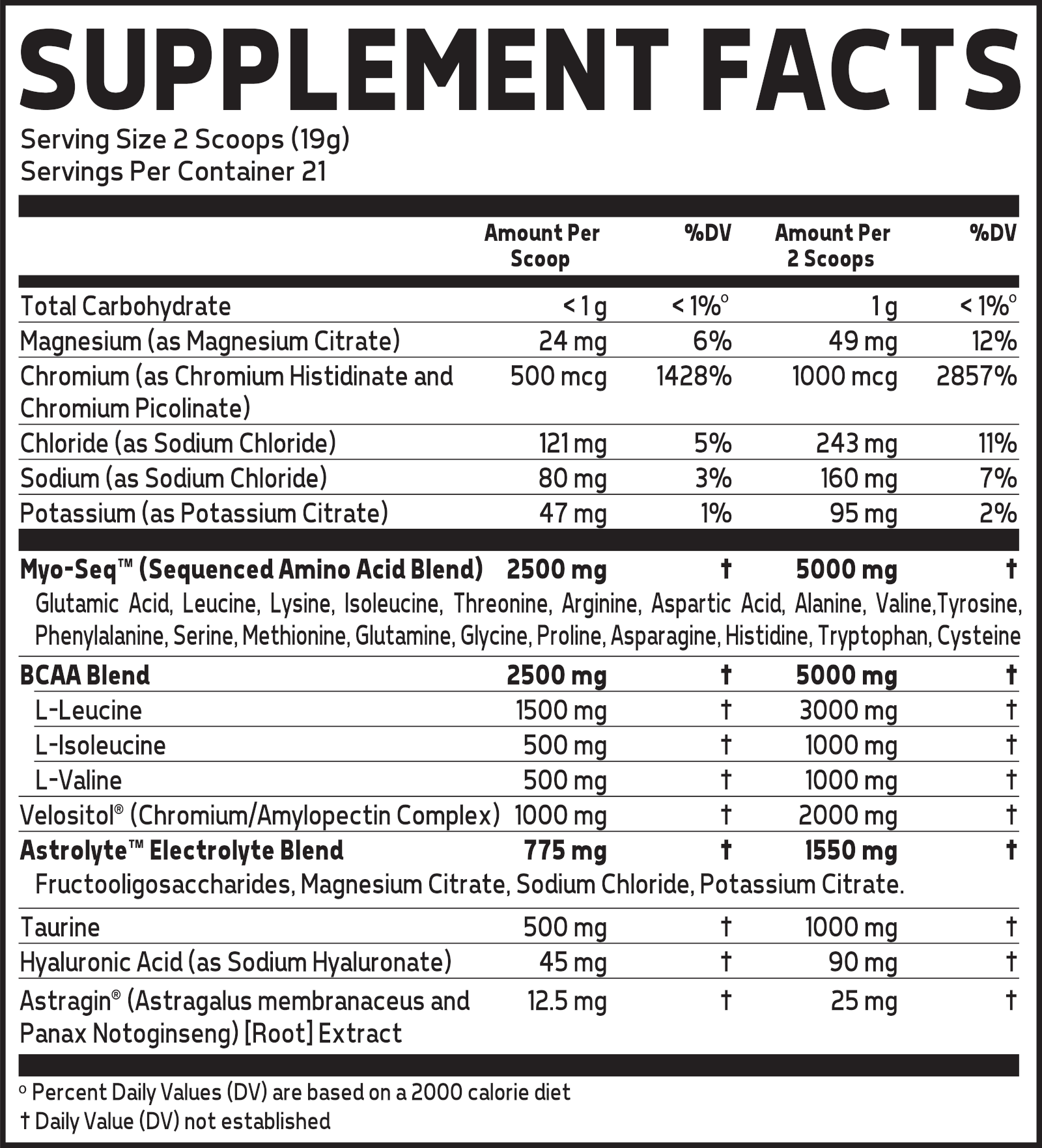
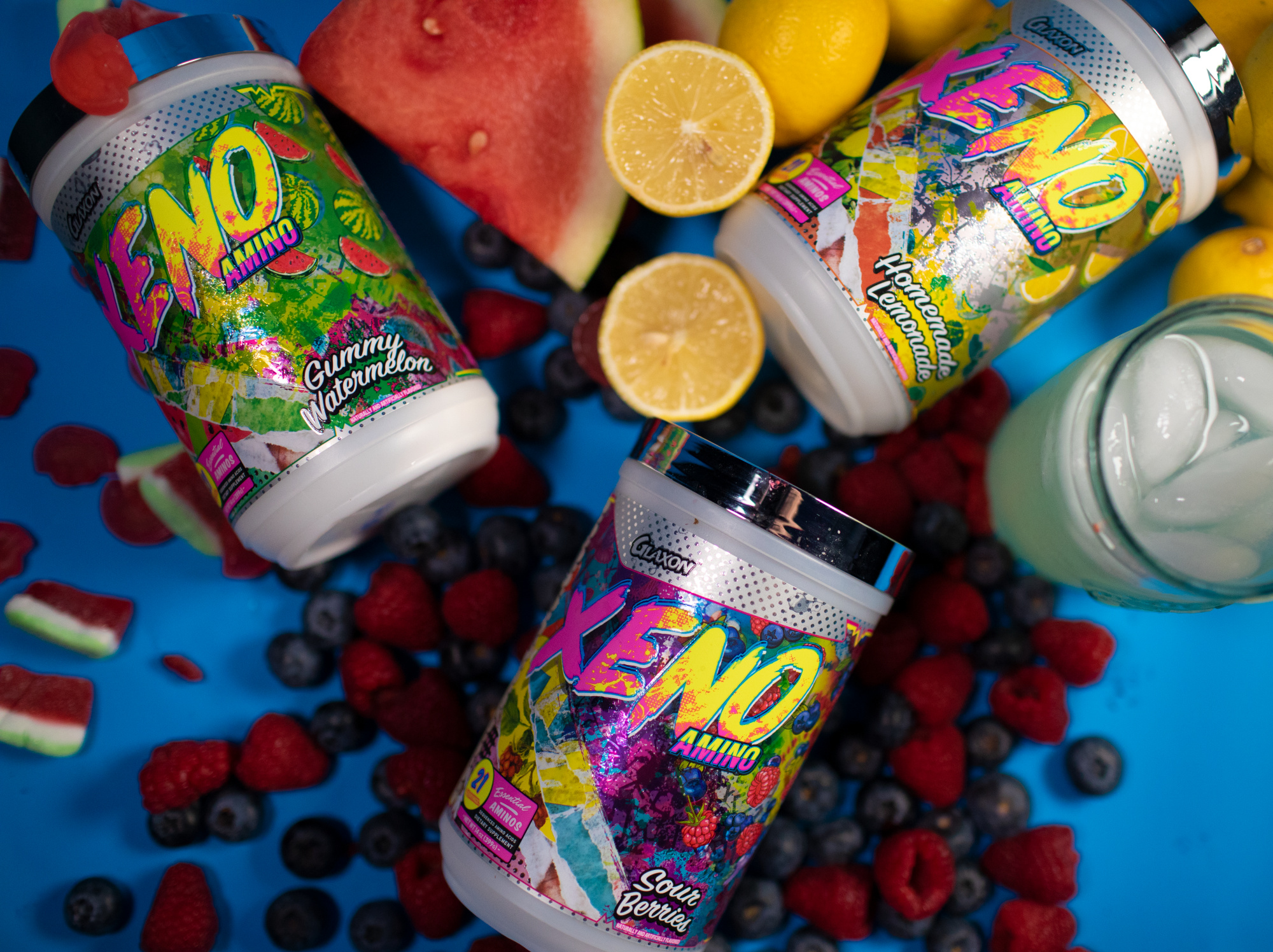
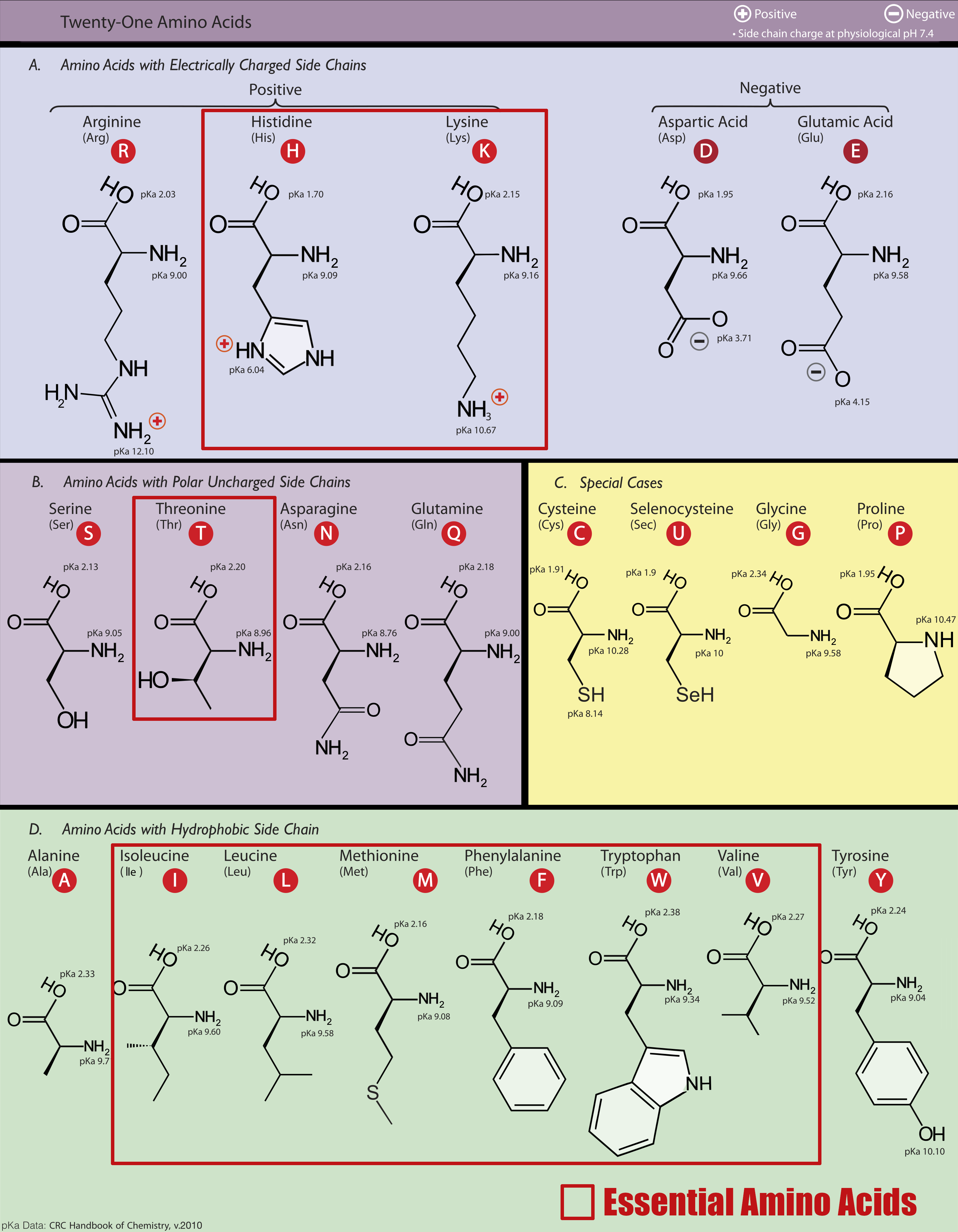
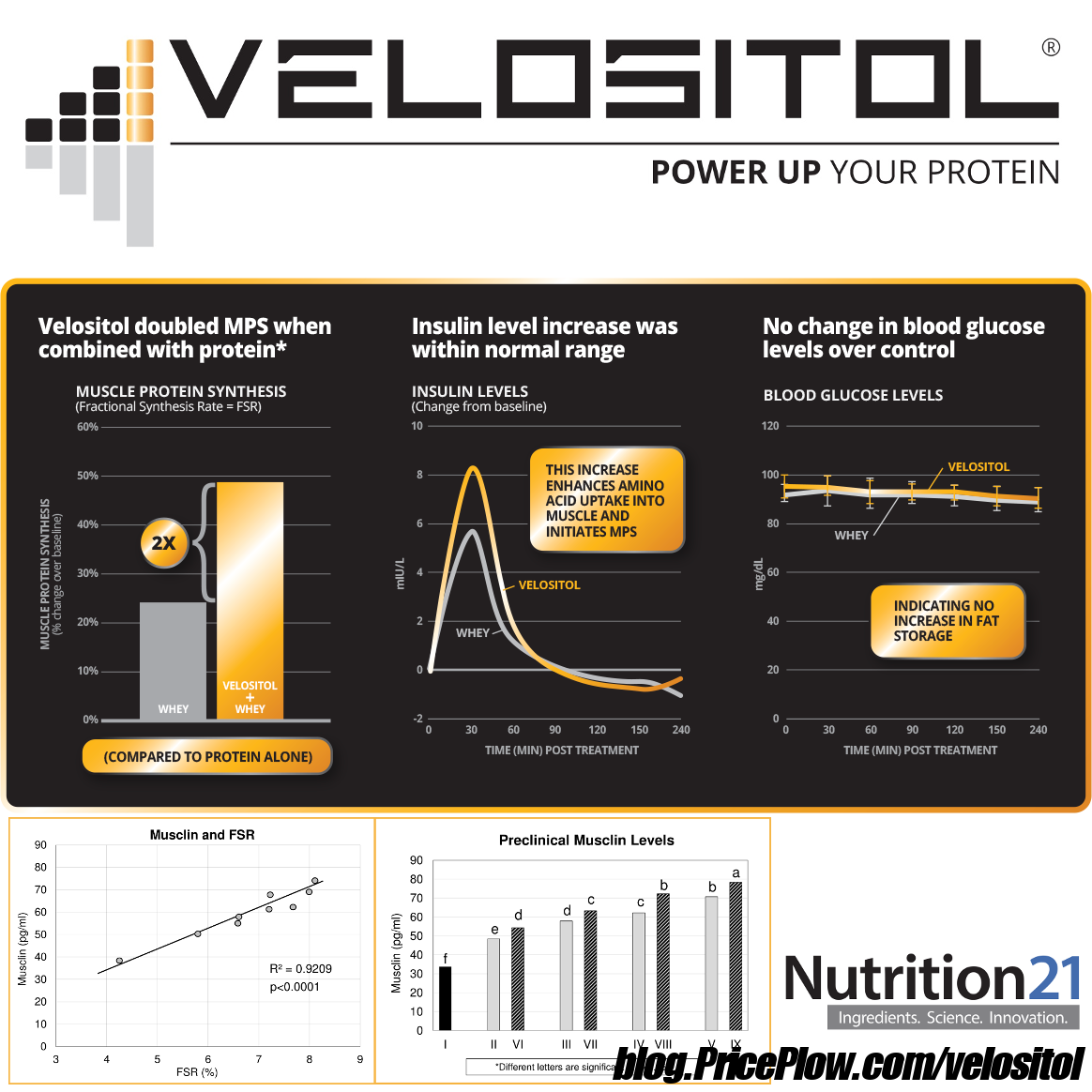
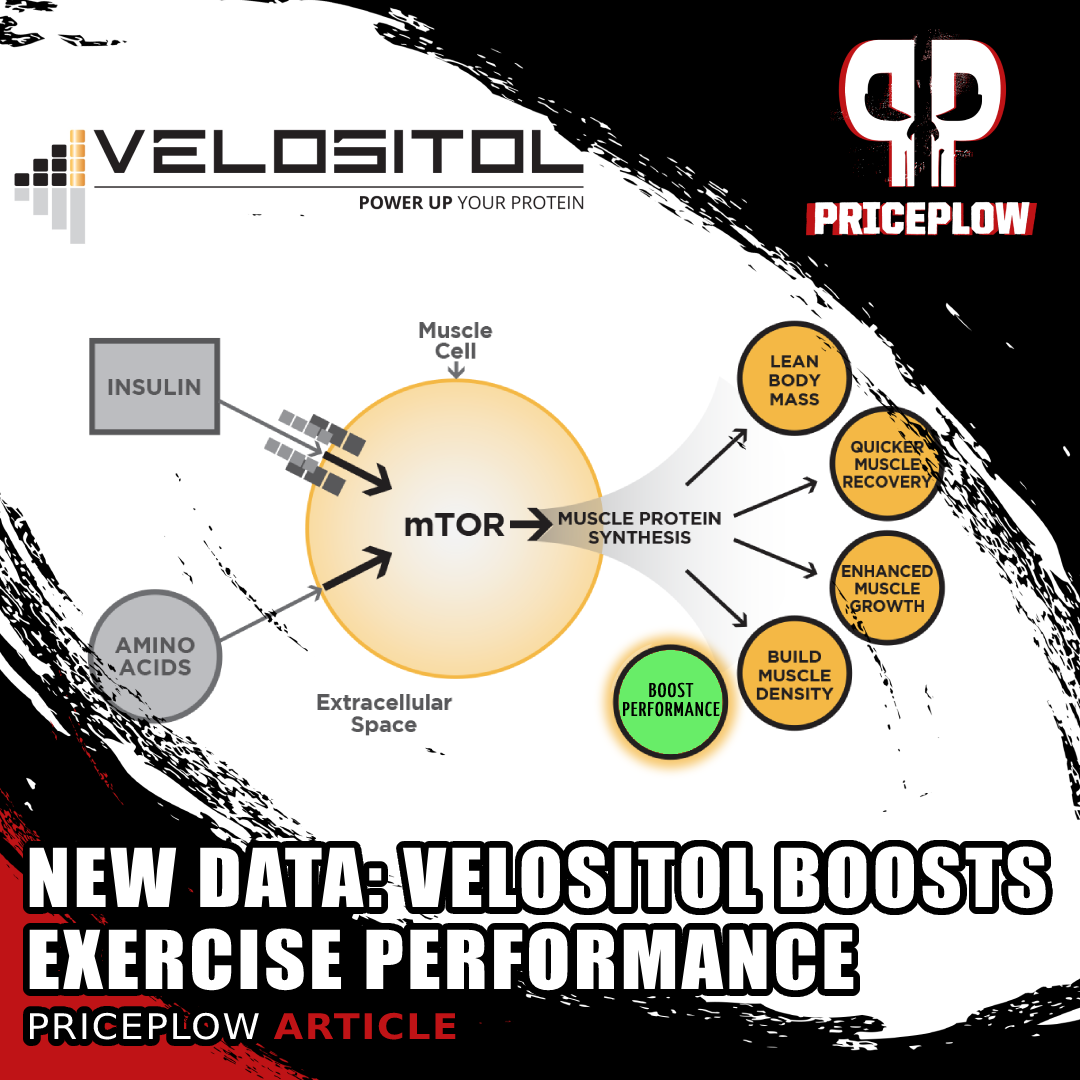
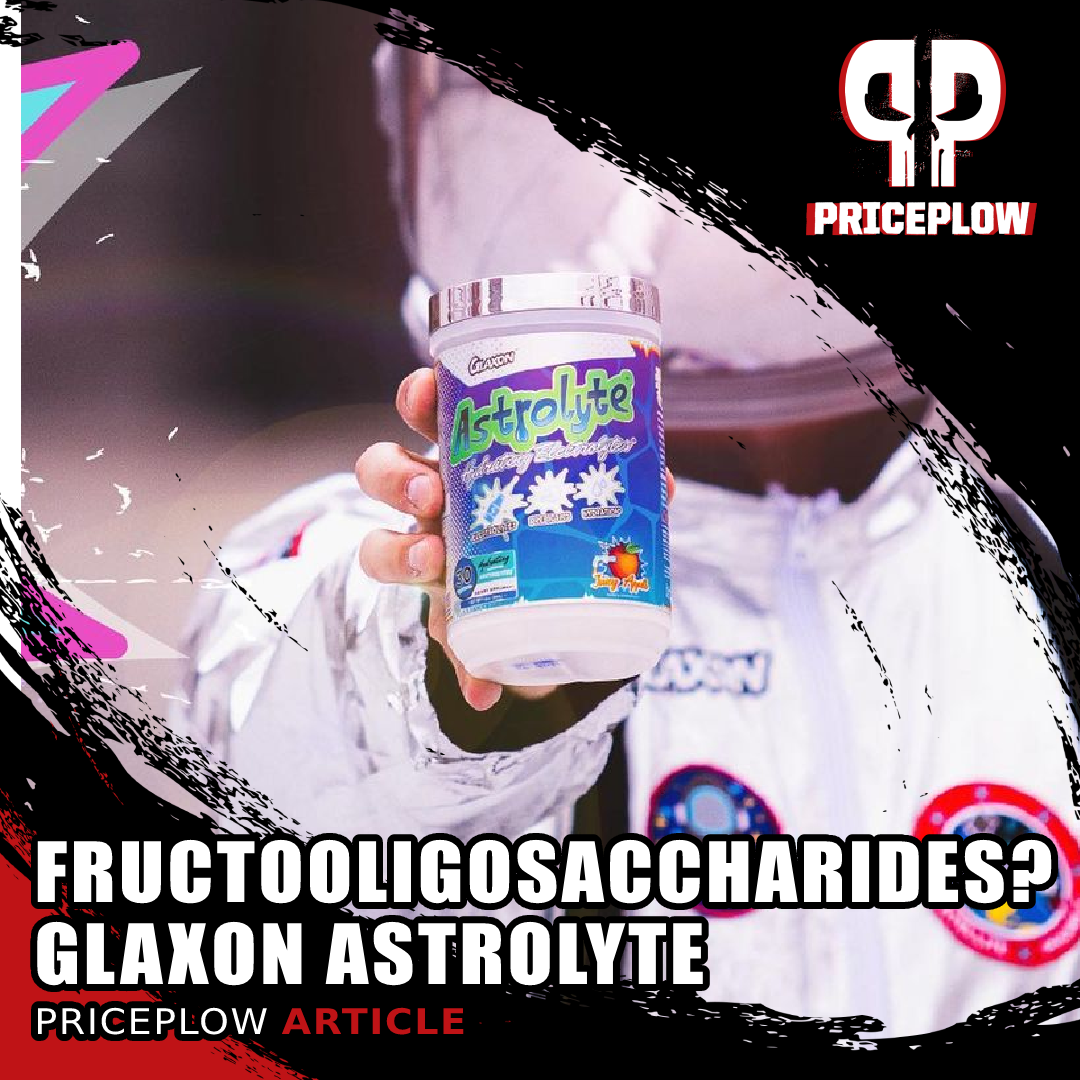

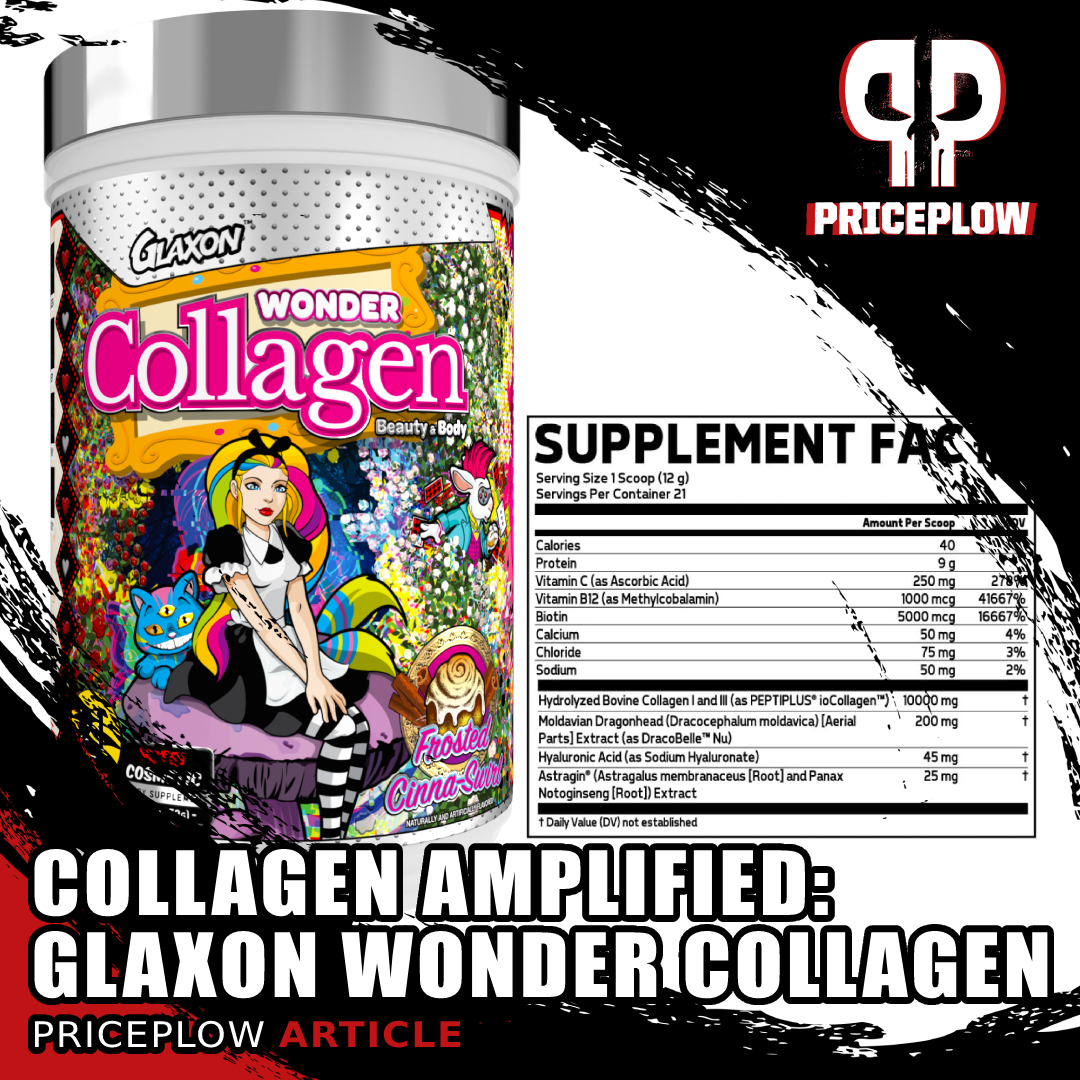
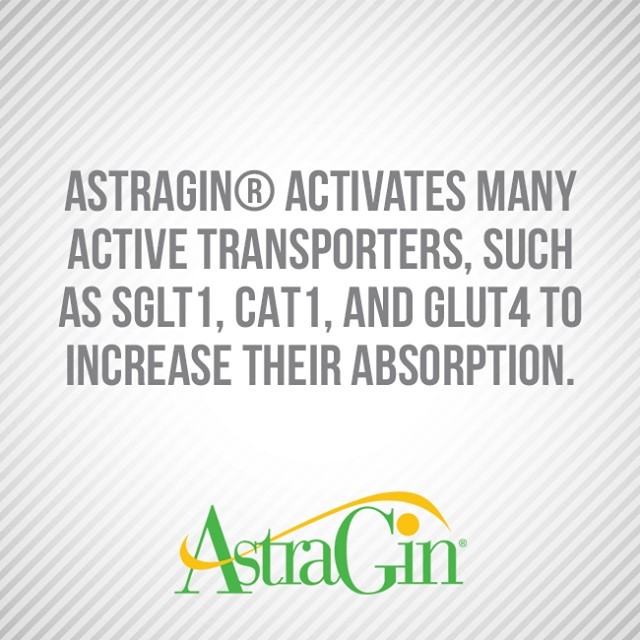
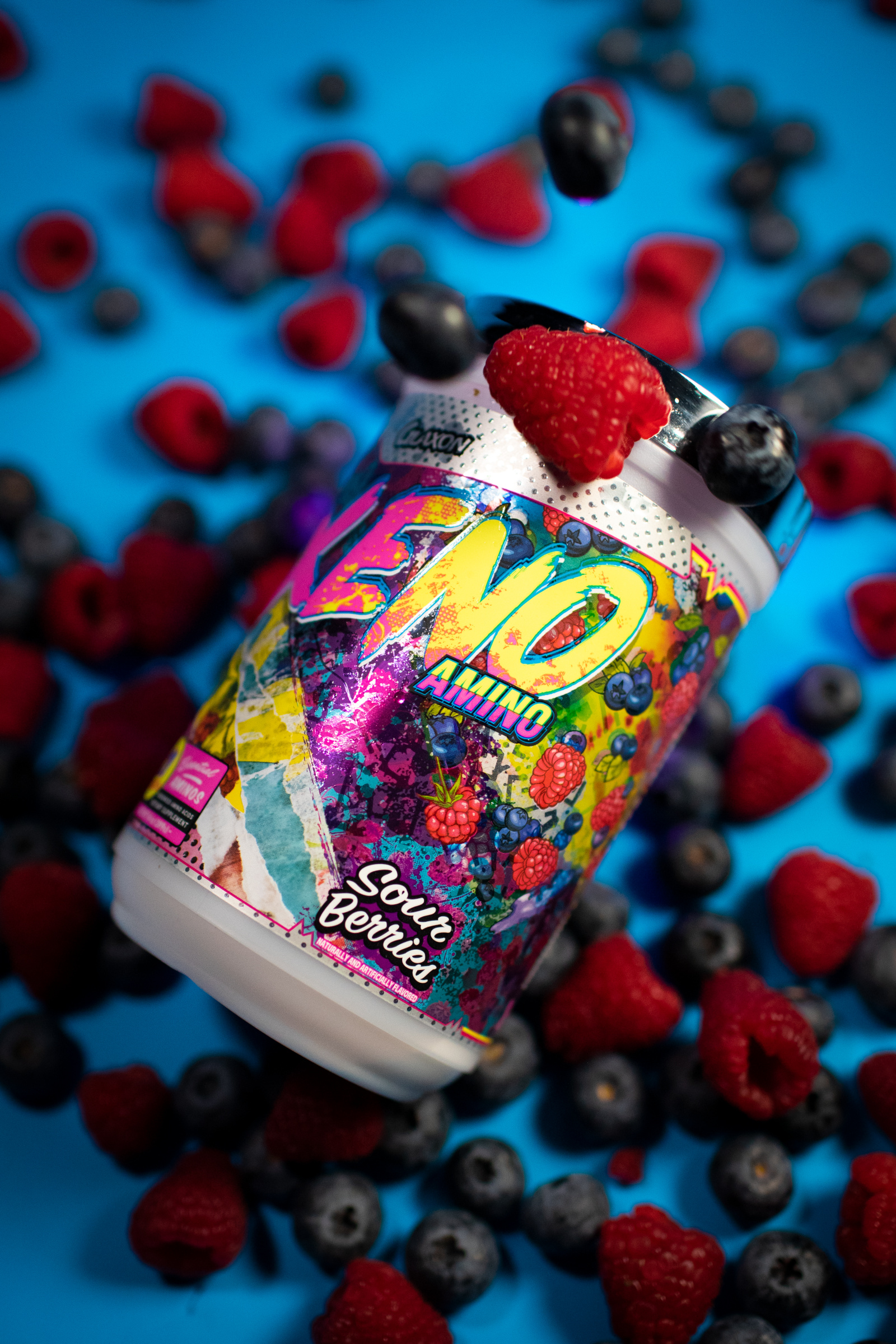



Comments and Discussion (Powered by the PricePlow Forum)